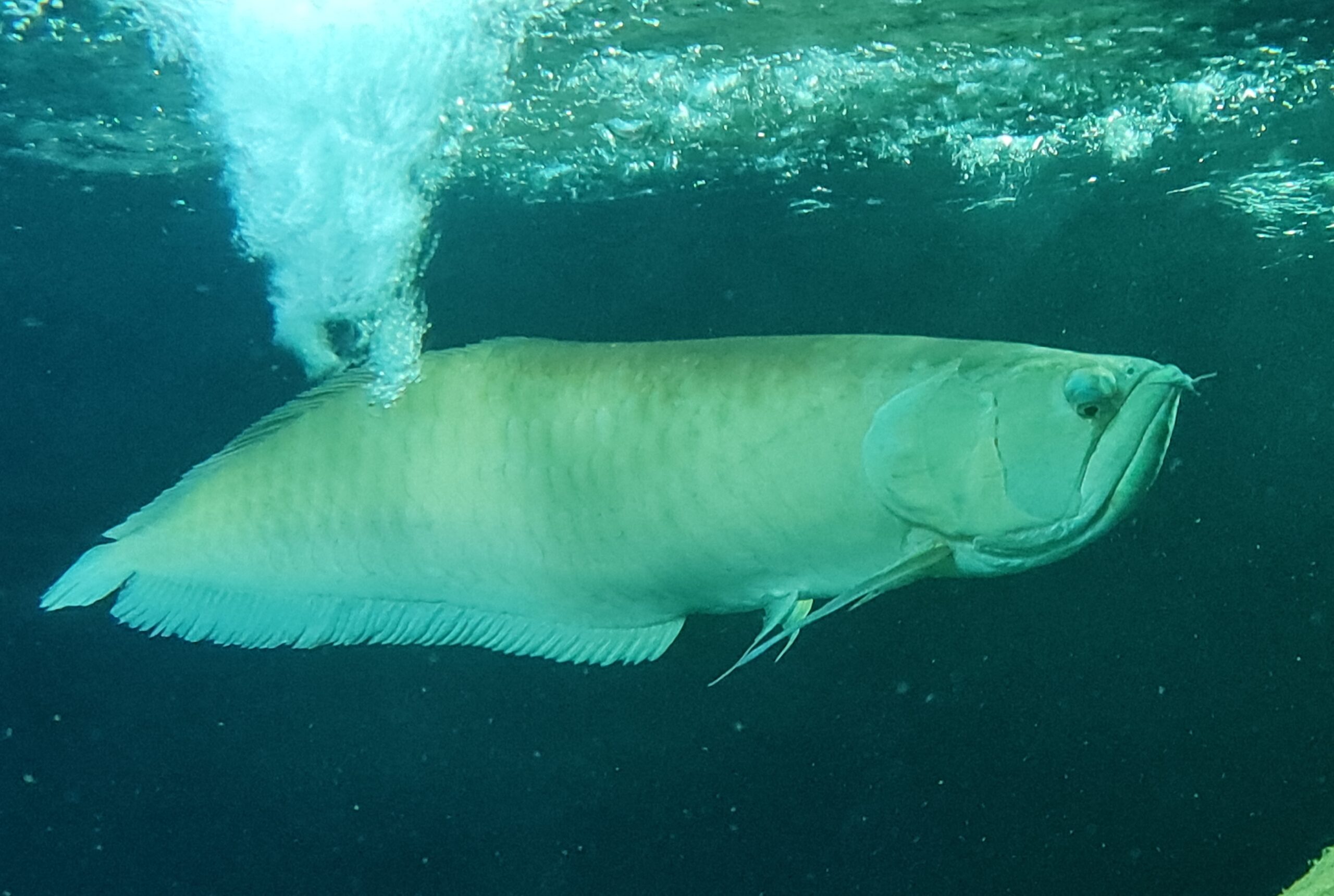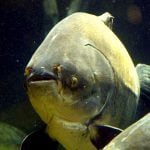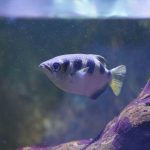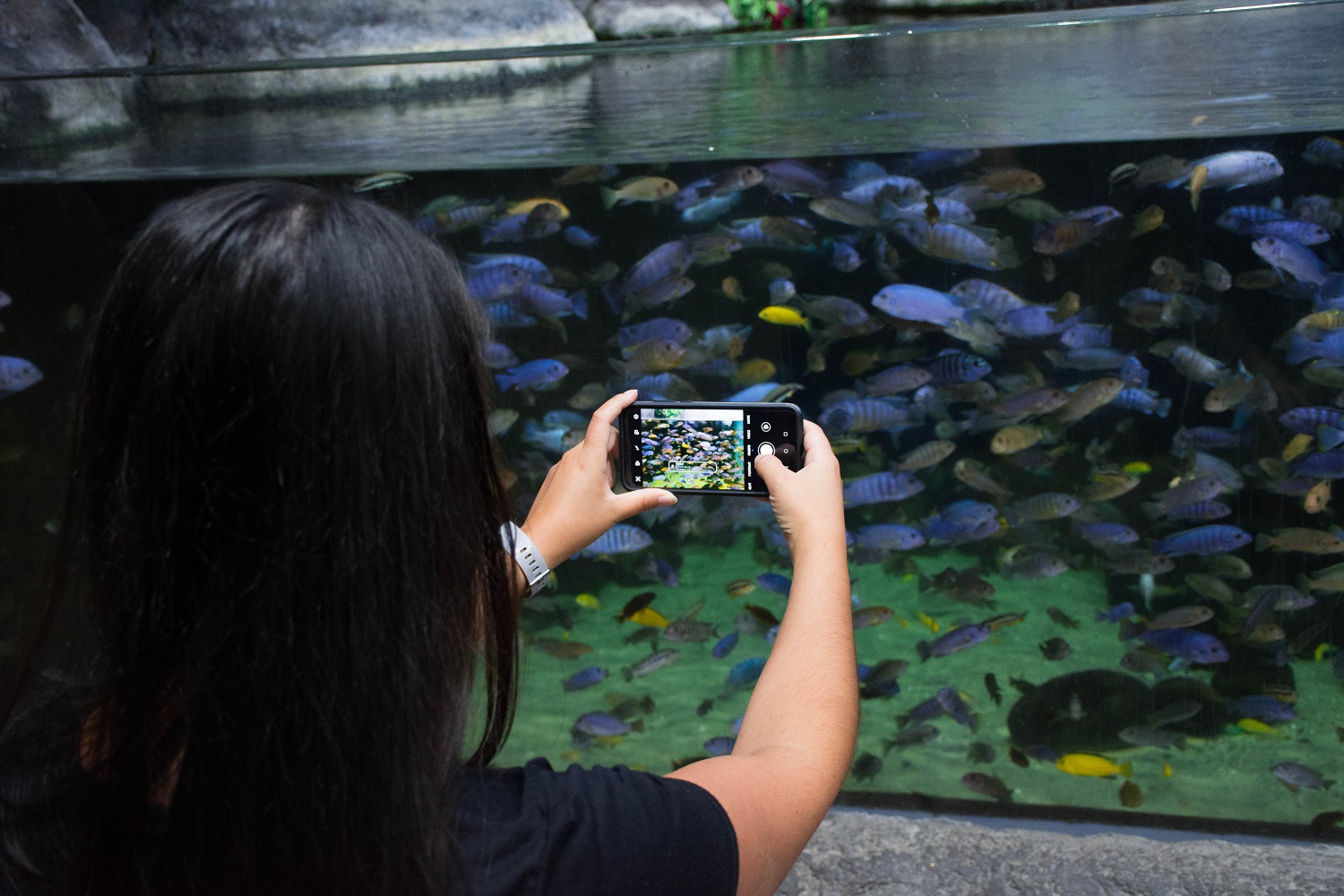
Ready to be transported to the flooded rivers of the Amazon rainforest? Escape the cooler climates and find yourself in one of the hottest, wettest environments in the world: The Amazon Rainforest.
While you’re there, you’ll come face to fin with Black Pacu, Arowanas and Stingrays. We’re looking forward to you visiting, but before you do that, let’s take a look at what else you can expect from our exhibit below as well as more on the animals in the Amazon rainforest below…
What is the Flooded Forest?
Over the course of the year, the Amazon remains hot, with just two seasons: wet and dry. The Flooded Forest is what happens when the river is in its wet season. When this happens, the banks of the Amazon, which cover the likes of Brazil, Peru, Colombia and other South American countries, are engulfed in over 10 metres of water.
While some species migrate or move to smaller, drier areas, its water-based animals (like manatees and fish) are in for a real treat: the river’s resources and soils become packed with nutrients, giving them plenty to stay strong ahead of the dry season.
What’s it like in the Flooded Forest?
A place where you can immerse yourself in the sights and sounds of this mighty part of the world, our tropical Flooded River exhibit mimics this hot and humid location – without having to pack your raincoat!
The Amazon itself is a whopping 325km wide. To give you an idea of its scale, that makes it almost as wide as England! It also receives an average of 3cm of rain each day, and so it’s no surprise that such a huge waterway makes up 20% of the world’s freshwater – so it’s vital to protect it. We’re doing our bit to make sure it is by keeping some of its inhabitants safe and sound in an environment that ensures they’re properly taken care of. Speaking of…
What will I find at the Flooded Forest?
There are all kinds of wonderful wildlife you can see for yourself in our Flooded Forest exhibit, including these guys below…
- Black Pacu
The second largest species of fish in the Amazon, Black Pacu (Colossoma macropomum) are fruit-eating relatives of the piranha. In fact, they’re often mistaken for them – but Black Pacu are a pretty peaceful bunch, preferring to munch on plants more than anything, although small fish should still watch out, as they are omnivores by nature. Here, we feed things like apples and carrots to keep them healthy.
- Silver Arowana
Also known as water monkeys for their ability to leap out of water, Silver Arowanas (Osteoglossum bicirrhosum) use this ability to gobble up insects perched on low-hanging tree branches, helped by their upward facing mouths that let them swallow them whole. If they’re given the chance they’ll jump at most things – which is why the tanks we keep them in are secured with strong, heavy lids!
- Xingu River Stingray
Sometimes called the polka-dot stingray for its blotch-covered body, the markings of the Xingu River Stingray (Potamotrygon leopoldi) make the perfect camouflage for its surroundings, where it lies in wait on the rocky ocean floor. They’ve got quite the appetite too, eating as much as three times a day!
- Ocellate River Stingray
Like the Xingu River Stingray, the Ocellate River Stingray (Potamotrygon motoro) have a venomous spine that can cause some real pain – although there’s no need to worry about that happening here. Their eyes, located on the top of their head, mean they have 360 degrees of vision – combined with an incredible sense of smell, predators of the Ocellate River Stingray really have to watch out going about their business.
- Red-Tailed Catfish
Unlike some other catfish, the Red-Tailed Catfish (Phractocephalus hemioliopterus) are an aggressive bunch, actively seeking out their prey – a far cry from other catfish species that wait for their prey to approach instead. And thanks to its long, sensitive whiskers, also known as barbels) which they use to smell, the Red-Tailed Catfish definitely has a nose for a meal.
- Tiger Shovelnose Catfish
With their black stripes and spots, it’s easy to see where this catfish gets its name from – and it’s got an attitude to match too! Another aggressive catfish species that goes on the hunt for its food, the Tiger Shovelnose Catfish (Pseudoplatystoma facsciatum) isn’t picky about what it eats either: plants, fish and shrimp are all very much on the menu!
Who is this exhibit for?
Particular about Pacu? Bonkers for Brazil? This exhibit is very much for you – or anyone else interested in the incredible animals that call the southern hemisphere their home.
And as you’d expect, kids and families are in for a treat too. We’ve designed everything in our exhibit to make it a fascinating, informative experience for all our visitors, whether they’re big or small.
Accessibility and getting around our exhibit
Everywhere in our Flooded Forest exhibit is accessible by wheelchair and mobility scooter, and you can also take a look at our Pacu enclosure from our seating area too!
Learn more about the animals
Find out more fascinating facts about the Flooded Forest’s animals here:
Red-Bellied Piranha
These meat-loving fish respond to the smell of blood – descending on a wounded or a dead animal for a feeding frenzy!
Black Pacu
With teeth that resemble a humans, including large molars they can crush food with, the Black Pacu packs a serious bite!
Black Ghost Knifefish
The ghost piece of their name originates from the local belief that ghosts of the dead occupy the bodies of these fish.
Read our related articles!
Want to discover more about our aquarium? Here’s a range of intriguing info for you to check out below:
Current Water Temp
25 / 77Water Type
Fresh Water
Climate / Biome
Tropical Rainforest
In This Exhibit
30 species | 3000 animals
Where are we?
South and Central America




